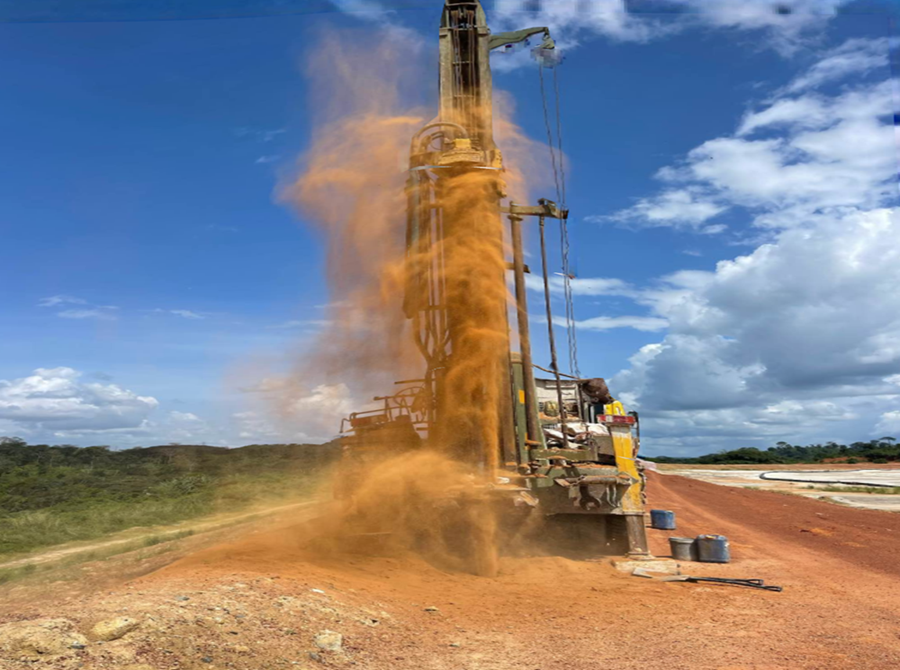
BOREHOLE DRILLING
Borehole drilling is the process of creating a narrow, deep hole in the ground to access underground water, oil, gas, or minerals. It is commonly used for water wells, geothermal energy, mining exploration, and construction purposes.
Types of Borehole Drilling
- Water Borehole Drilling – Used to access underground water for drinking, irrigation, or industrial use.
- Geothermal Borehole Drilling – Drilled to extract heat from the earth for renewable energy.
- Oil & Gas Borehole Drilling – Used in petroleum exploration to extract crude oil and natural gas.
- Mining Exploration Drilling – Helps in assessing mineral deposits before full-scale mining.
- Geotechnical Drilling – Used in construction projects to analyze soil and rock conditions.
Drilling Methods
- Rotary Drilling – Uses a rotating drill bit to cut through rock and soil.
- Percussion Drilling – Uses repeated hammering to break through hard materials.
- Auger Drilling – Uses a helical screw to remove soil and create shallow boreholes.
- Cable Tool Drilling – A traditional method using a heavy bit that repeatedly drops to break rock.
Borehole Drilling Process
- Site Survey & Planning – Assessing the best location for drilling.
- Drilling the Borehole – Using a drilling rig to reach the water table or target depth.
- Casing & Lining – Installing a protective casing to prevent collapse and contamination.
- Well Development – Cleaning the borehole to improve water flow.
- Pump Installation & Testing – Installing a pump and testing water quality (for water boreholes).
